Stay Up To Date

Connecting Geography and Religious Themes in Secondary Social Studies
Religion is influenced by geography and in turn can affect geography.
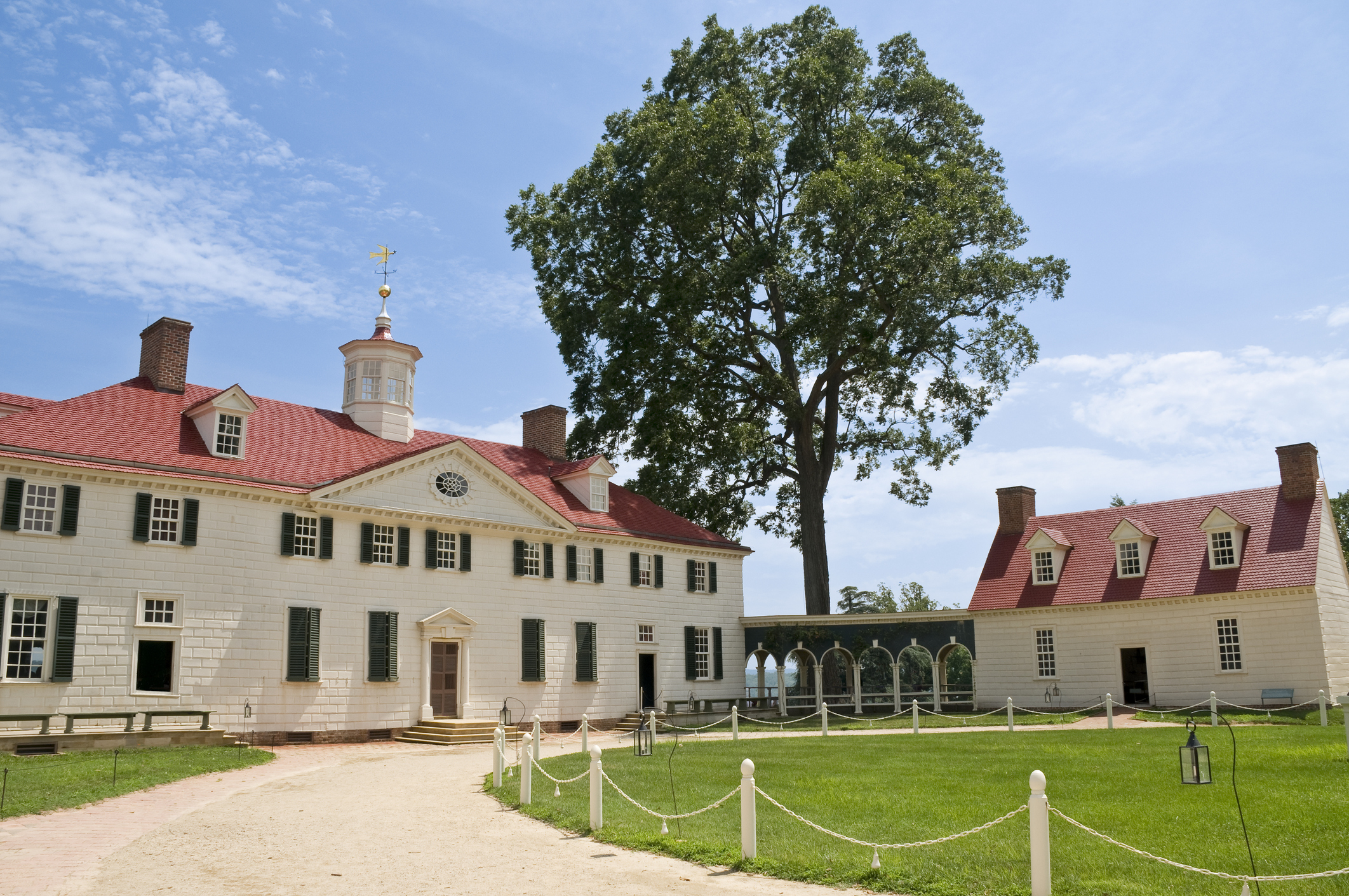
Virtual Field Trips to Immerse Students in the History of United States Presidents
Visiting historic sites is a very powerful tool for students learning history.
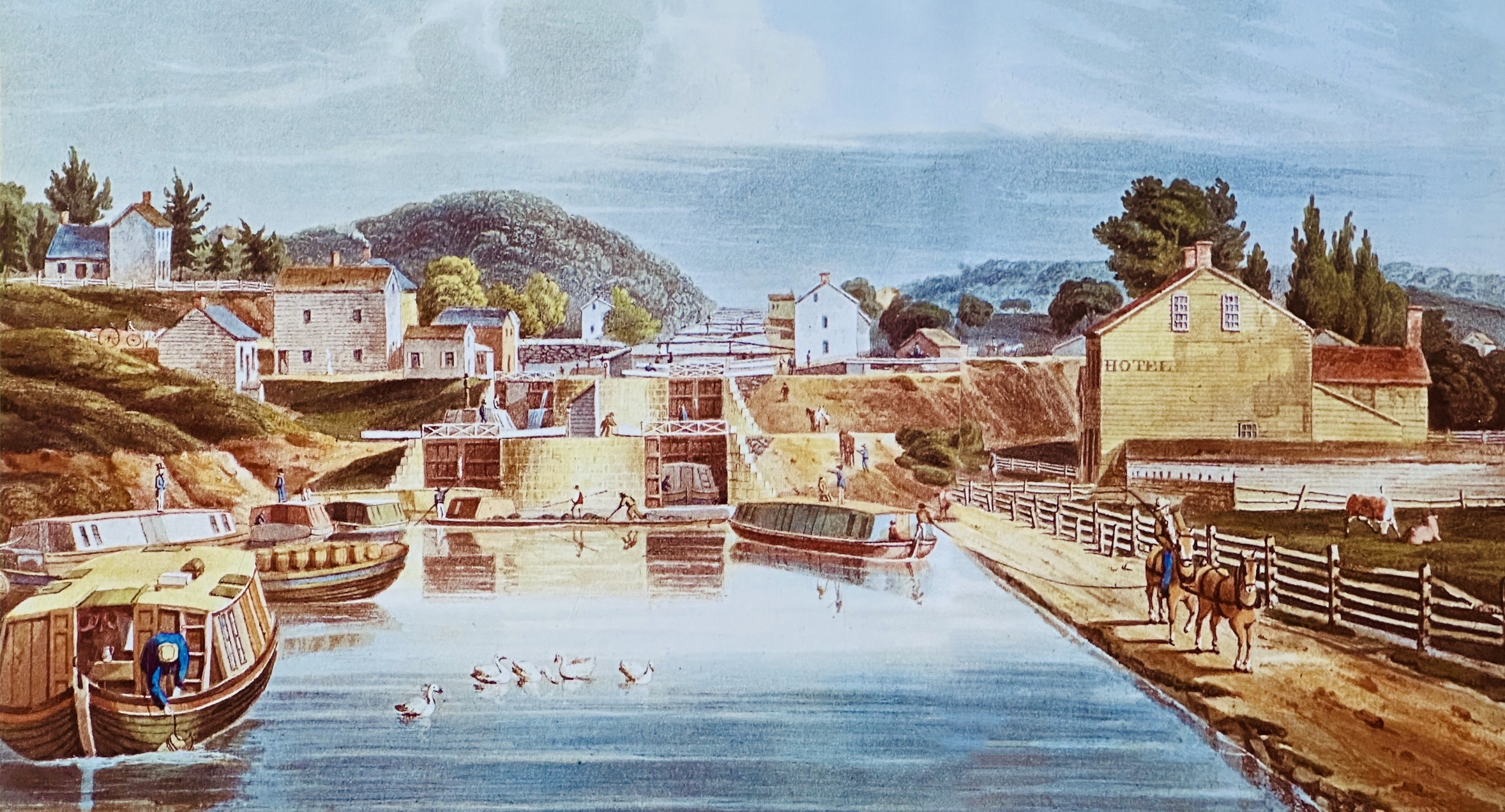
Teaching Social Studies and Geography Through the Erie Canal
The digging of the Erie Canal was a project that used local workers in each section along the canal to build a complex geographical structure to enhance transport and commerce in the United States.
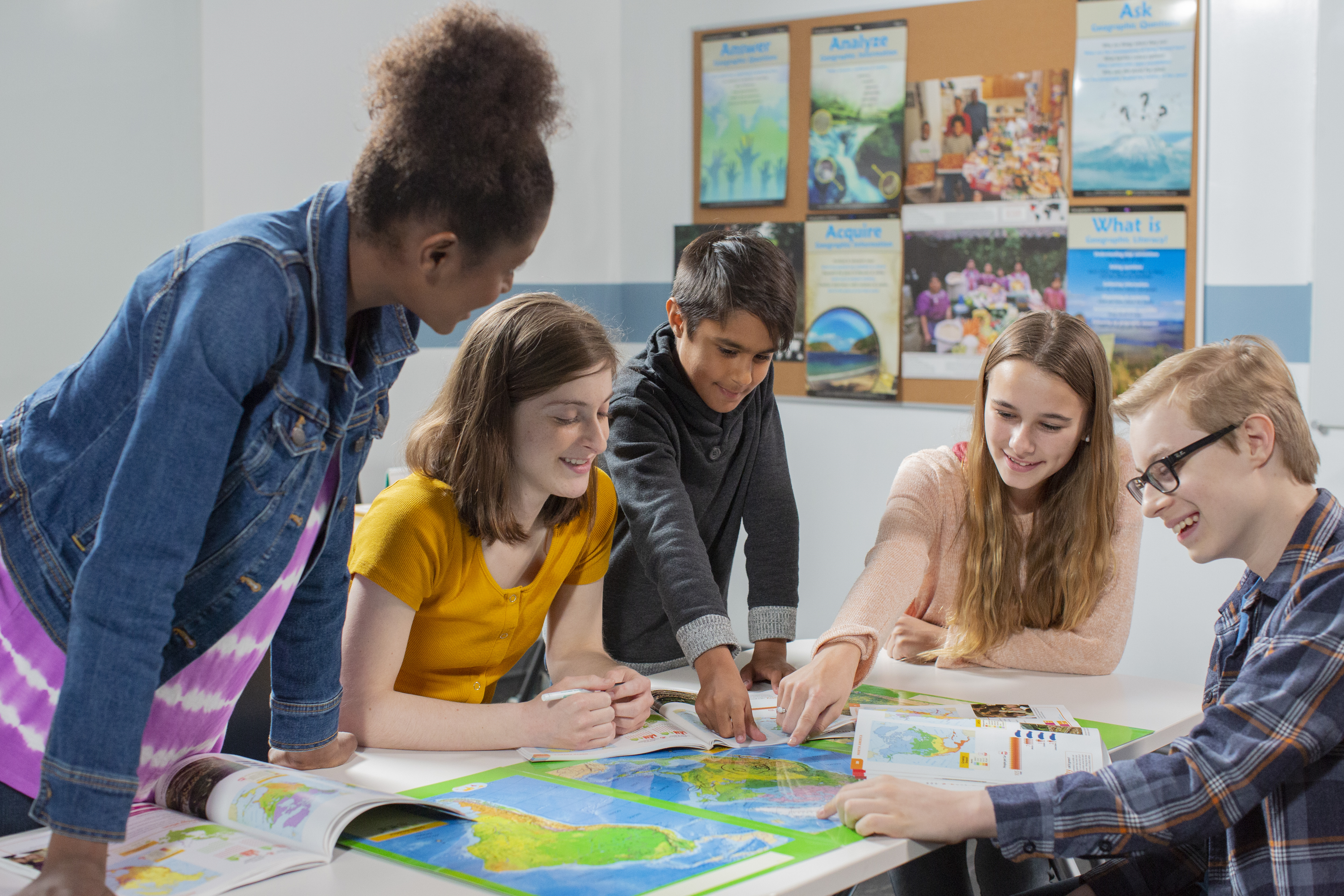
Secondary Geography Doesn’t Have to Come Second
No matter what social studies subject I am teaching each year, my very first lesson is based in geography.

Using Everyday Surroundings to Teach Young Students Geography
Children need to learn the beauty of the natural world before they become interested in saving it.
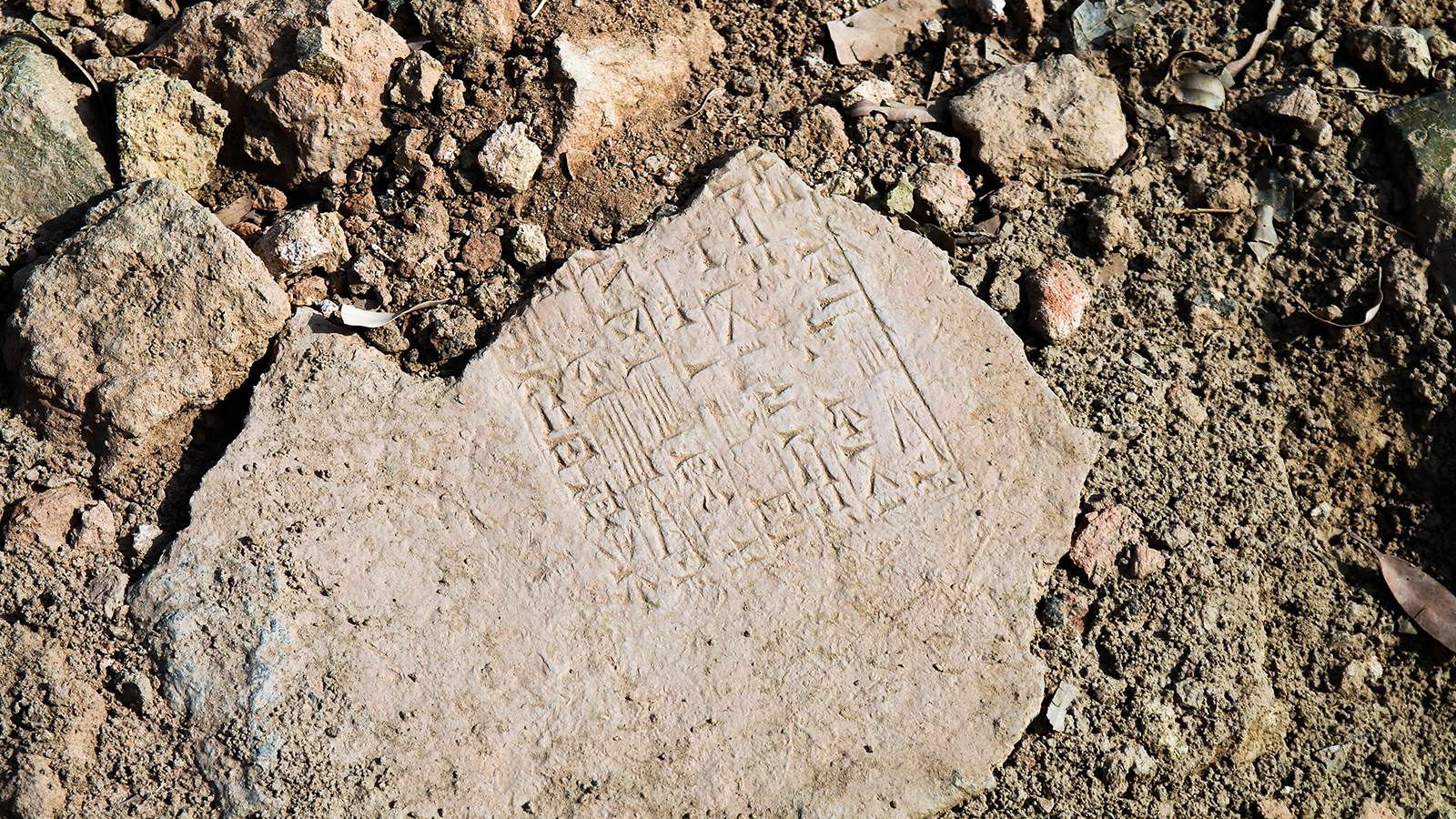
Oracle Bones and Writing Stones: Teaching the Geography of Script
The diffusion of writing systems or materials was often determined by religion, politics, or economics.

Compare and Contrast Maps to Build Geographic Skills
If you could take your students on a field trip anywhere, where would you go? What kinds of things would you like them to see or to learn on this quest?
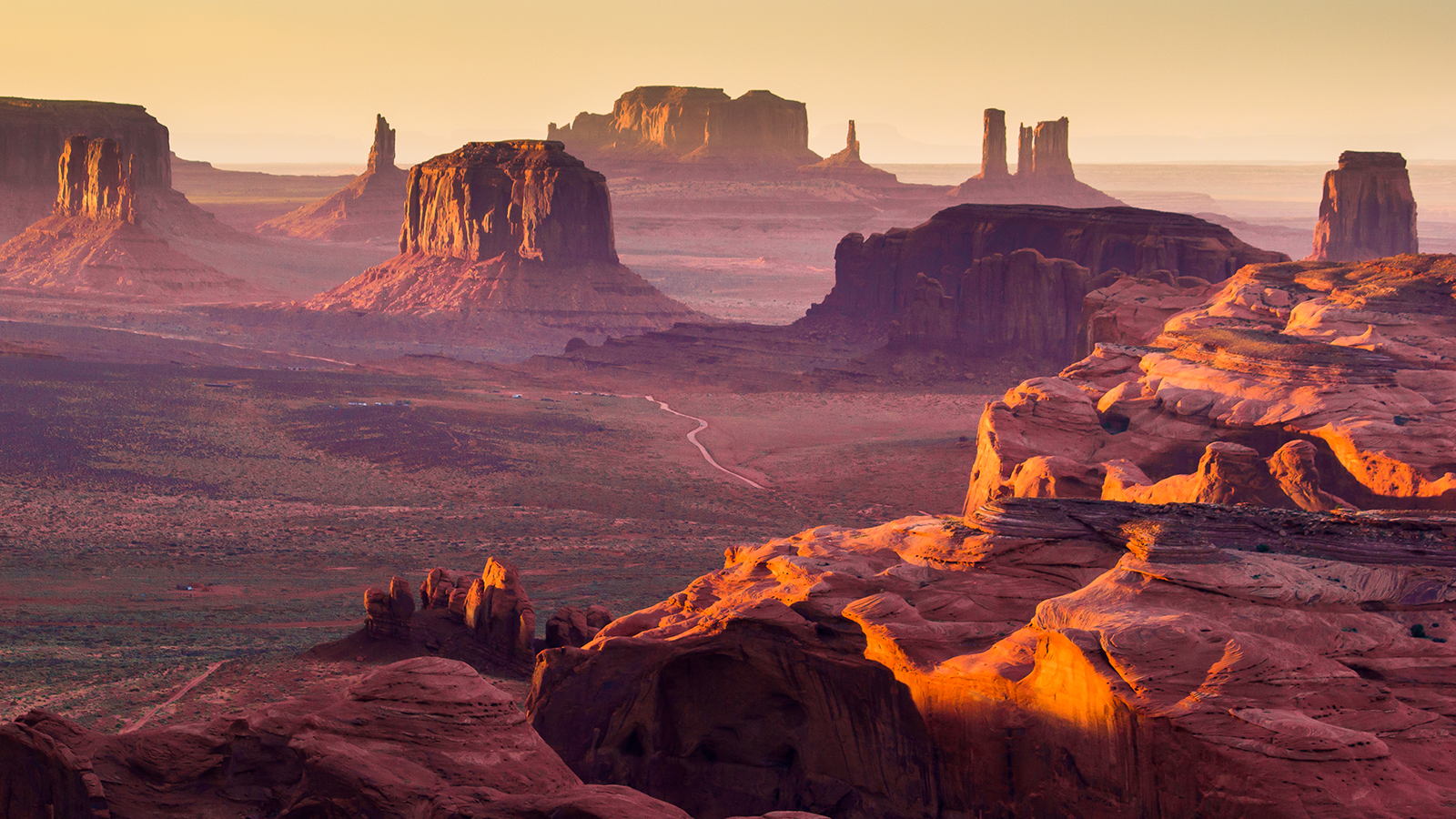
Understanding Public Lands as a Way to Teach Geography
The public lands of the United States cover more than six hundred million acres and include national parks, national seashores, national wildlife refuges, wilderness areas, national forests, monuments, select lakes and seashores, underground mineral reserves, marine sanctuaries, historic and scenic trails, and national grasslands.
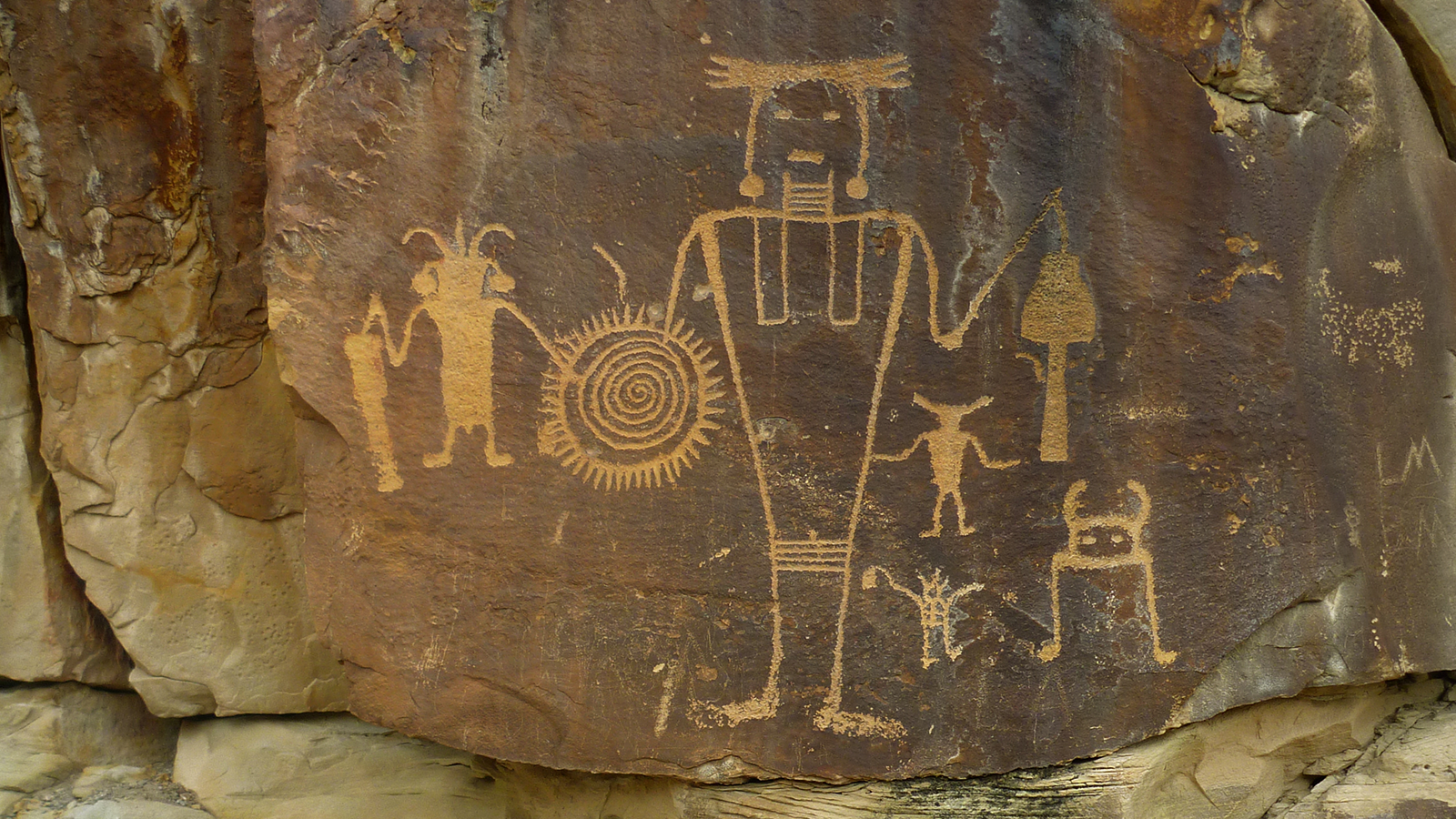
Teaching Geography and Culture Through Origin Stories and Myths
Why am I here? Where do I come from? Who am I? Questions like these are answered in part through stories handed from one generation to another.